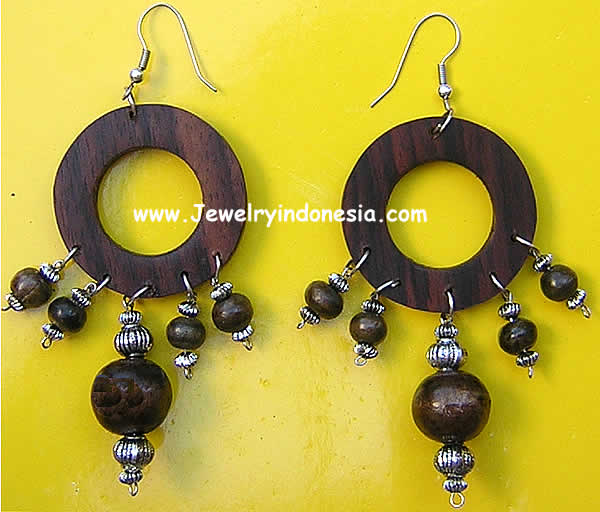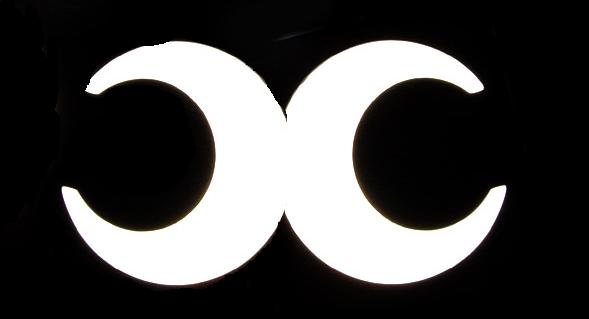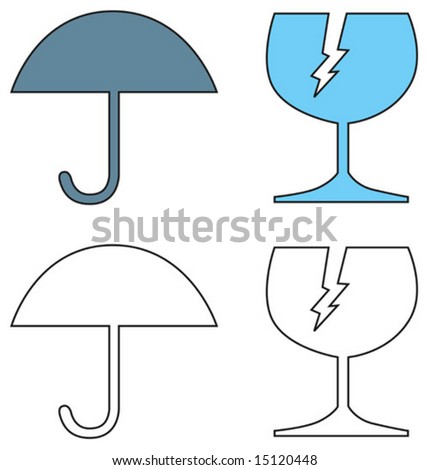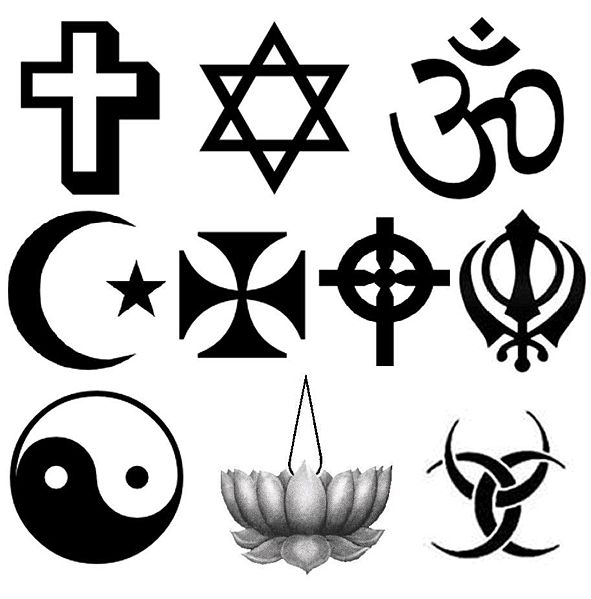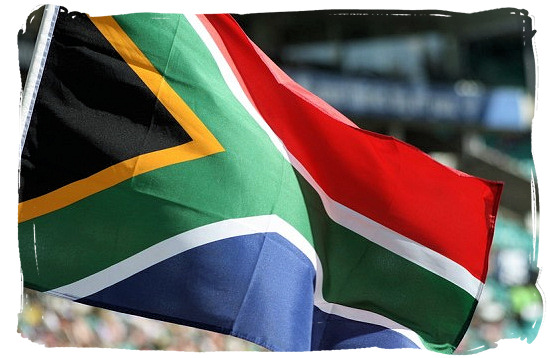looking at colour schemes for the book. The photographs could be show in monochrome and for each of the 10 sections have a different colour. Click on link above for examples. Have a white background on each of the pages, with black and white images then the quoatiations for each piece of jewelery in a different relevant typeface and colour so it stands out on the page.
Monday 31 January 2011
presenting collection 100 - jewellery
page layout
looking at colour schemes for the book. The photographs could be show in monochrome and for each of the 10 sections have a different colour. Click on link above for examples. Have a white background on each of the pages, with black and white images then the quoatiations for each piece of jewelery in a different relevant typeface and colour so it stands out on the page.
looking at colour schemes for the book. The photographs could be show in monochrome and for each of the 10 sections have a different colour. Click on link above for examples. Have a white background on each of the pages, with black and white images then the quoatiations for each piece of jewelery in a different relevant typeface and colour so it stands out on the page.
Friday 28 January 2011
QUESTIONAIRE
The audience I aimed my questionnaire AT jewellery on was for both male students however, as I expected the majority of completed answers were from girls.
I aimed my research at students as I feel they are the age range which wear more on an everyday basis due to fashion in comparison to an older generation in a work place. Subsequently, I did not include a Jewry stores which did not confide with a student budget and that were brought as a one off basis.
From this questionnaire it is evident that from the people I have asked, silver is preferred over gold jewelery. I am going to use these as the two main categories. Then glass/cut glass/diamond look-a-like is the most popular colour/type of jewellery so this is going to be the other main category
Topshop is the most popular shop to purchase this jewellery
I am not going to have 10 categories anymore, it is too broad and from the questionnaire these are the most popular and I can easily split the 100 pieces of jewellery into 25 of each.
From this reserach my main categories will be;
The "other'' category refers to the other materials such as bone, leather, wood and feathers and have a more decorative element to the pieces of jewelery (e.g. see picture below)
I aimed my research at students as I feel they are the age range which wear more on an everyday basis due to fashion in comparison to an older generation in a work place. Subsequently, I did not include a Jewry stores which did not confide with a student budget and that were brought as a one off basis.
FIRST QUESTIONNAIRE
- DO YOU PREFER GOLD OR SILVER JEWELLERY? (TOTAL 46)
SILVER = 26
GOLD = 15
- WHATS YOUR FAVOURITE COLOUR OF JEWELLERY? (total 46)
White = 0
Blue (light) = 8
Blue (dark) = 6
Green = 4
Brown = 2
Translucent/Glass = 9
Black = 4
Metal = 12
- WHERE TO DO YOU BUY MOST OF YOUR EVERYDAY JEWELLERY? (total 46)
Topshop = 17
Accessorise = 7
Pandora = 4
Primark = 6
Urban Outfitters = 4
Claires Accessories = 4
New Look = 1
Asos = 3
From this questionnaire it is evident that from the people I have asked, silver is preferred over gold jewelery. I am going to use these as the two main categories. Then glass/cut glass/diamond look-a-like is the most popular colour/type of jewellery so this is going to be the other main category
Topshop is the most popular shop to purchase this jewellery
I am not going to have 10 categories anymore, it is too broad and from the questionnaire these are the most popular and I can easily split the 100 pieces of jewellery into 25 of each.
From this reserach my main categories will be;
GOLD
SILVER
CUT CLASS/FAKE DIAMON/BLING
OTHER
The "other'' category refers to the other materials such as bone, leather, wood and feathers and have a more decorative element to the pieces of jewelery (e.g. see picture below)
JEWELRY - History and Categories
FUNCTION
The first types of jewellery made was from natural materials (bone, stones, wood, shells) and was used for functional purposes e.g. the fastening of clothes. It developed into a symbol - portraying personal wealth and religion/social groups and for protection (people believed that certain metals/stone had a power/magical force behind it. Today it had developed into an accessory/artistic display.
DIFFERENT TYPES/STYLES
THROUGH HISTORY
GEMSTONES
2 PARTS to the categories - 5 are to do with the material which the jewerly is made from e.g. gold, and the other 5 refer to the origin/style e.g. egyptian. I have renamed the material categories to help them stand out and be more memorable e.g. liquid sun
CATEGORIES
GOLD - (LIQUID SUN)
SILVER - (LIQUID MOON)
BEADS/GLASS (ICE/FRAGILE)
GEMSTONES (TREASURE)
RECYCLED (RE-VAMP)
RELIGIOUS
SENTIMENTAL/VALUE
AFRICAN
INDIAN
EGYPTIAN
The first types of jewellery made was from natural materials (bone, stones, wood, shells) and was used for functional purposes e.g. the fastening of clothes. It developed into a symbol - portraying personal wealth and religion/social groups and for protection (people believed that certain metals/stone had a power/magical force behind it. Today it had developed into an accessory/artistic display.
DIFFERENT TYPES/STYLES
THROUGH HISTORY
- EGYPTIAN (between 3,000-5,000 years ago) - they preferred GOLD over all other metals. Jewellery in Egypt became symbols of power, religious power and wealth within a community. The jewellery was worn in life and death (it was placed in their graves with them)
- GREECE - used GOLD and GEMS around 1600BC - starting using coloured jewellery e.g. amethysts, pearly and emeralds. Also started making jewellery with silver, ivory, bronze and clay
- ROME - more diverse. Most common form of jewellery was the BROOCH. They used a more diverse range of materials e.g gold, bronze, bone, glass beads and pearls.
- MIDDLE AGES - more clothing fasteners and signet rings. The Celts concentrated more on continuous patterns.
- RENAISSANCE - topaz, amazonite, spinel,, Indian ruby, turquoise, peridot, opal, garnet and amethyst
- ROMANTICISM - public fascination with the treasures being discovered had an impact as well as the Industrial Revolution = costume jewellery. The founding of TIFFANY & CO in 1837
- JEWISH - decoration and symbol - worn to show affection for the religion e.g. the star of David, the Hamesh hand, the Evil Eye
- ASIA - use of silver decorated with their favourite colour. Kingfisher feathers were tied to the jewellery later on; blue jems and glass were also used as well as diamons (became a new fashion)
- INDIA - continuous developments in jewellery and designing for 5000 years - gold earings, neaklaces, bead neaklaces and metalic banbles. There was a large bead trade before the use of metal came about in jewellery. (deep red stones). Today in India the bangles are made out of metal or galss with thin bands of gold. Different types of jewellery worn; forhead, earings, brooches, chokers, hair and gold rings
- AMERICAN - south American gold (aztec), jade, gold, silver, bronze and copper as well as shells, wood, turquoise, oyster shells and soapstone
- MODERN - started after the war in the 1940's - interest in artistic and leisurelt persuits - the concept of 'wearable art' grey. The creation of new materials e.g. plastics, metal clay, colouring techniques = variety of styles. There was an improvement in the quality of artificial gems.
GEMSTONES
- Diamond
- Amber
- Amethyst
- Emberald
- Jade
- Jasper
- Quartz
- Ruby
- Sapphire
- Turquoise
METALS
- plated gold/silver
- gold
- silver
- bronze
OTHER MATERIALS
- bone/teeth
- stone
- wood
- leather
- plastic
- feathers
- beads
- shells
- ivory
- clay
- polymer clay
- glass
- coral
THE CROWN JEWELS
The British crown jewels are the greatest working collection of Crown Jeweles in the world and are a symbol of the British monarch
23,578 gems make up the Crown Jewels, including the glistening Imperial State Crown, which alone has 2,868 diamonds, 273 pearls, 17 sapphires, 11 emeralds and 5 rubies.
2 PARTS to the categories - 5 are to do with the material which the jewerly is made from e.g. gold, and the other 5 refer to the origin/style e.g. egyptian. I have renamed the material categories to help them stand out and be more memorable e.g. liquid sun
CATEGORIES
GOLD - (LIQUID SUN)
SILVER - (LIQUID MOON)
BEADS/GLASS (ICE/FRAGILE)
GEMSTONES (TREASURE)
RECYCLED (RE-VAMP)
RELIGIOUS
SENTIMENTAL/VALUE
AFRICAN
INDIAN
EGYPTIAN
Subscribe to:
Posts (Atom)
















